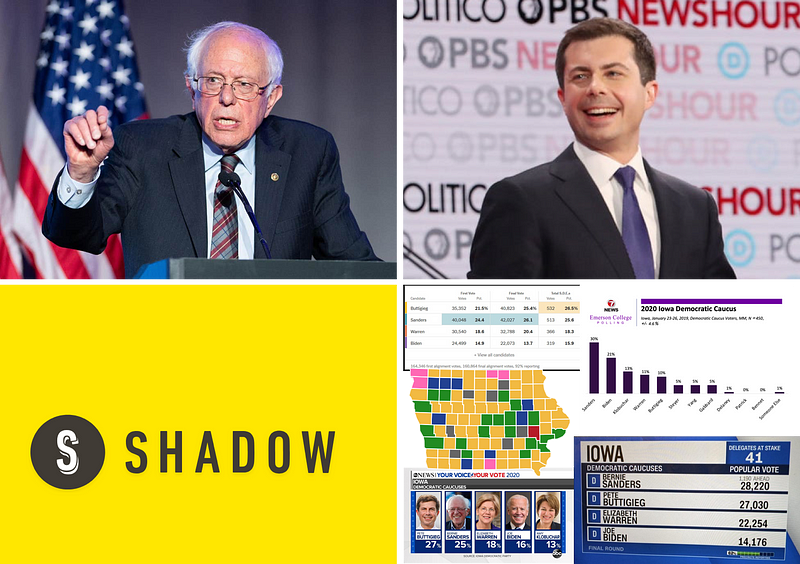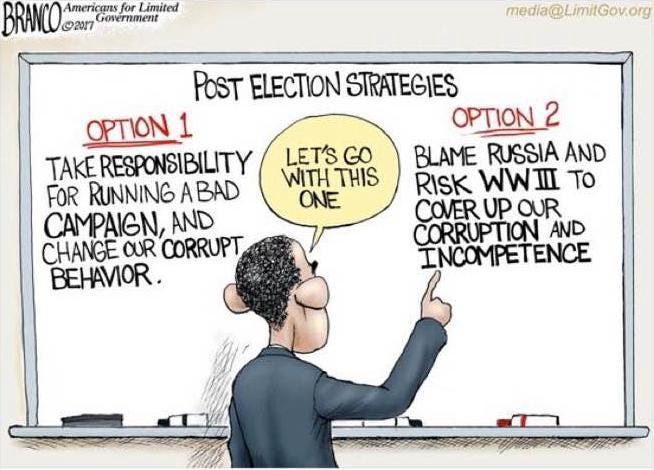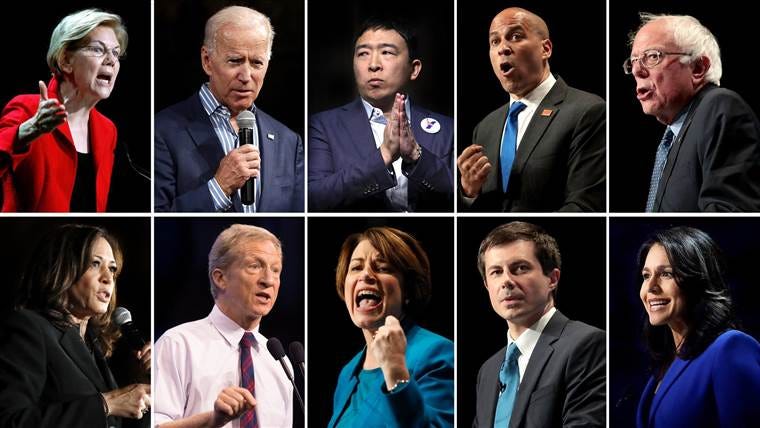A 2020 Voter’s Guide for Progressive Californians
28 2020

The time is here to vote. For everyone in California — and in the rest of the Super Tuesday states —the primary is this coming Tuesday, March 3. Fortunately — perhaps amazingly — it’s not hard to pick the best candidate this time around, as one of them has both the most progressive policies and the best chance of winning the general election against Trump.
Do vote, wherever you are, as these primaries are not winner-take-all, like normal American elections, but rather proportional contests granting delegates based on vote totals. So every vote counts, regardless of where you live.
For Californians, for the first time in many years, we have a relatively short ballot. There’s really just the big primary and then a handful of local measures and central committee elections. So this guide is shorter than those I’ve written in the recent past. We’ll focus on the primary, appraising where the candidates are right now, whether they’re rising in the polls or losing support right now, what they’ve said and done recently, what they ultimately stand for, and their chances to defeat Trump in November. And then look briefly at one important race in San Francisco.
PRESIDENT OF THE UNITED STATES — Bernie Sanders
What a campaign we are witnessing. The notion that a major politician in this country could forswear corporate and PAC contributions, provide a consistent and uncompromising critique of corporate control of our society, advocate an amazing suite of progressive reforms that would level the playing field a little for those with less income and wealth, and win major elections across this country — this was considered ridiculous and impossible as recently as 2015. Don’t vote for Bernie Sanders; vote as one small part of your participation in this peaceful revolution to take back the government from a corrupt political, media, and military industrial culture.
Bernie Sanders has won the most votes in each of the first three contests — Iowa, New Hampshire, and Nevada — something no one else has done in modern political history. And it’s not because of Bernie himself but because of the millions of everyday mechanics and janitors and teachers and Amazon workers and college students and truckers and soldiers and gig workers who have given a little bit of their blood, sweat, tears and funds to build a movement. The movement’s growing base of support and enthusiasm dwarfs that of any other campaign; it’s the campaign most popular with young people, union workers, and people of color. This is astounding and inspiring — a modern-day multi-racial, multi-generational movement — and it’s likely the only thing that can defeat Donald Trump and his MAGA enthusiasts in November. The “Stop Bernie” movement in the DNC and corporate media is intensifying by the day, which is why it is essential these days to balance your media diet.
Do not leave your polling place without casting a ballot for Bernie Sanders.
Be the first to comment >
Posted in Peaceful Revolution | Politics
by Tony Brasunas on February 28, 2020








Connect & Share